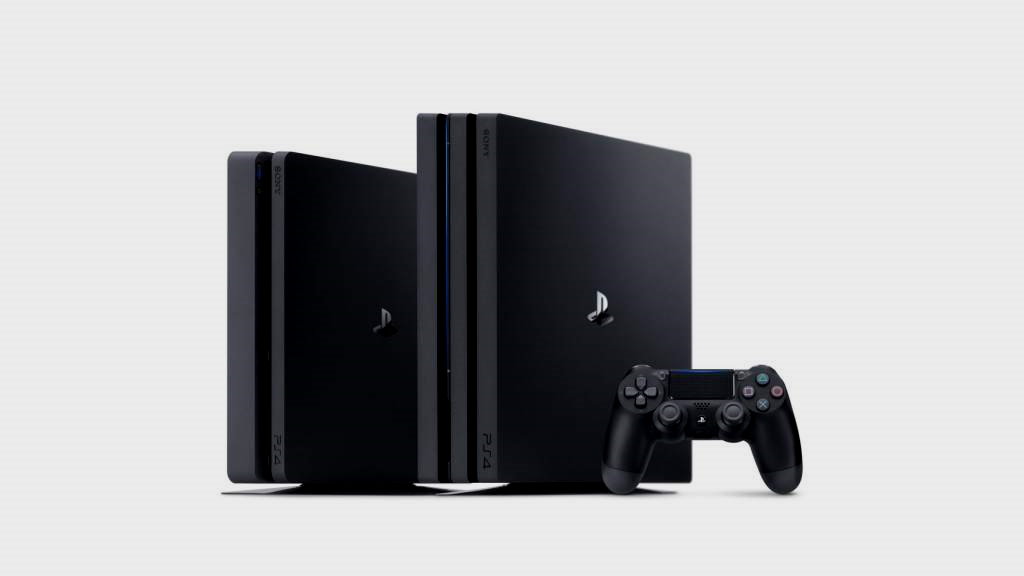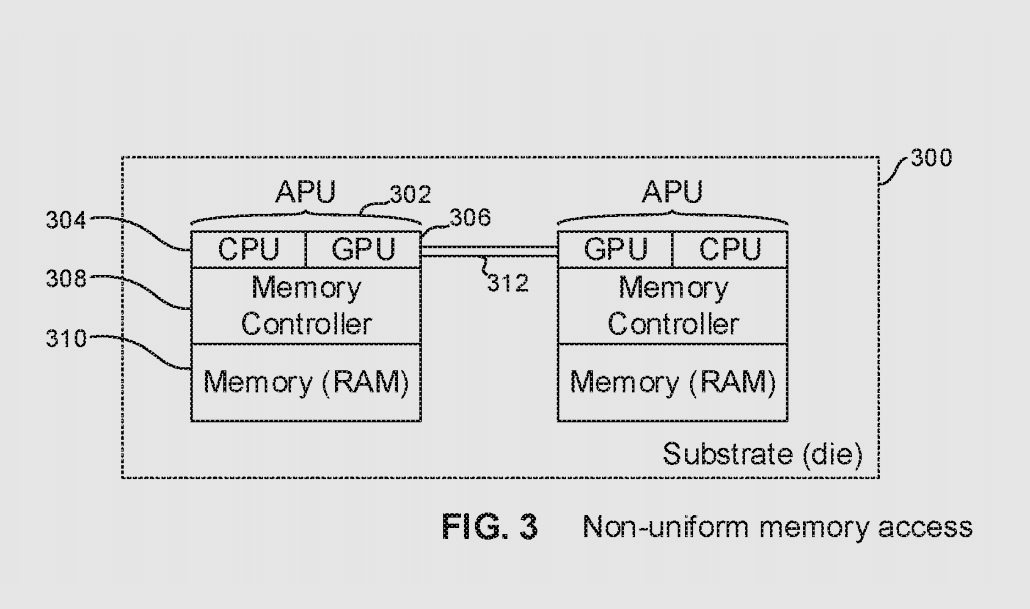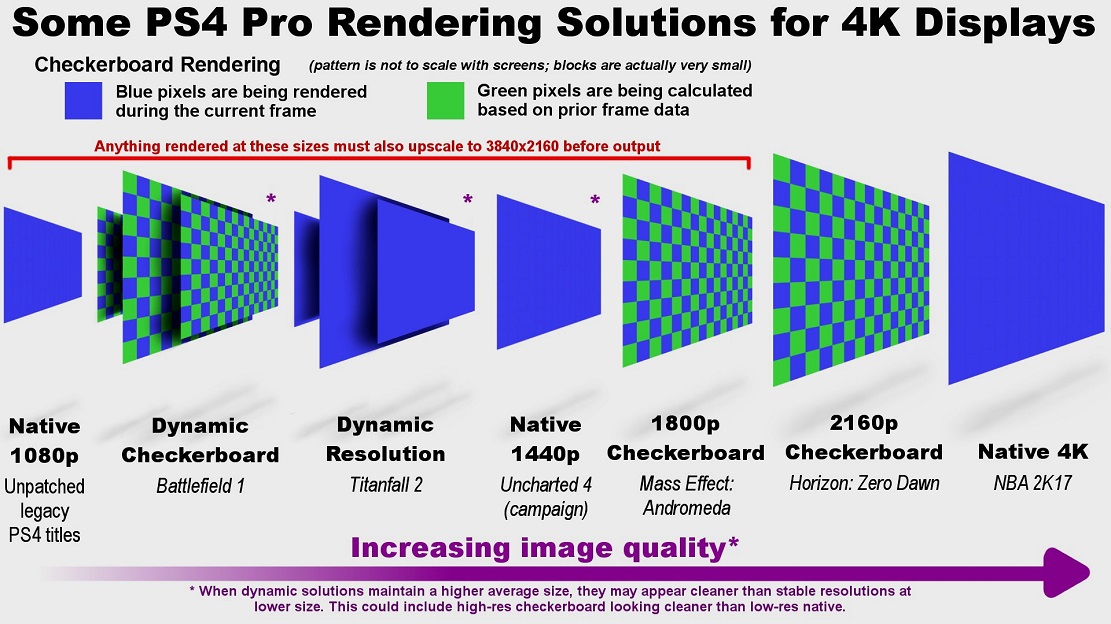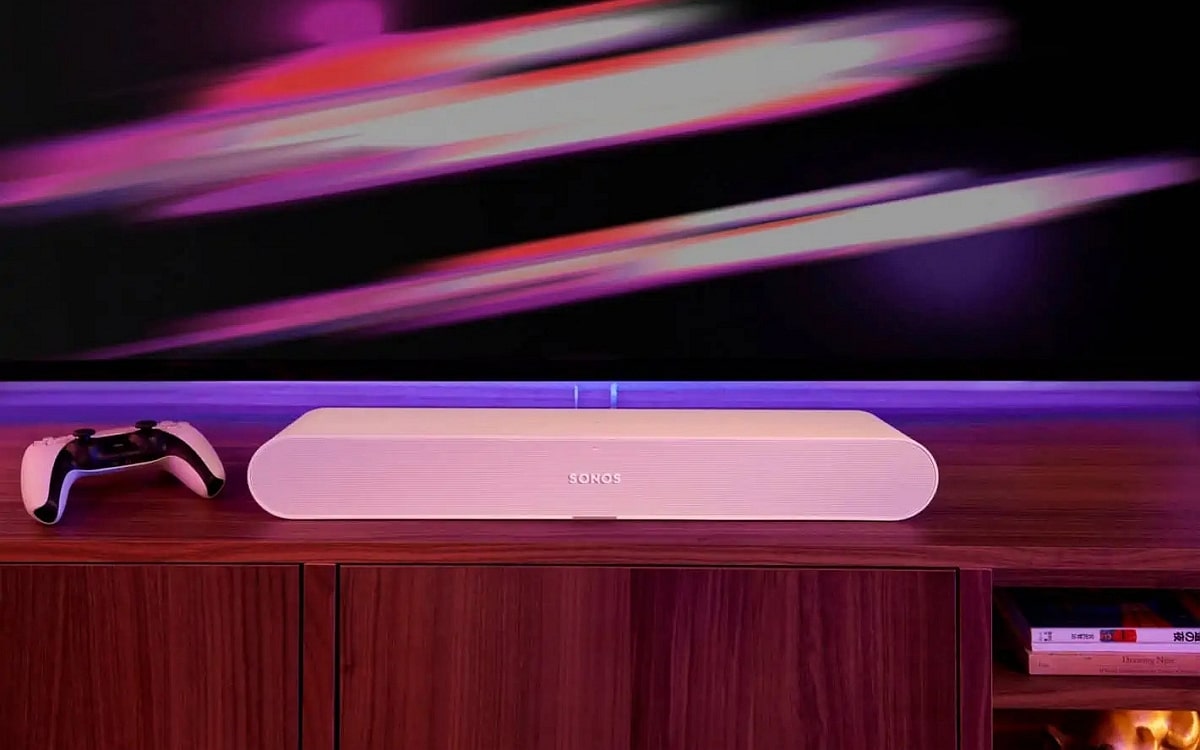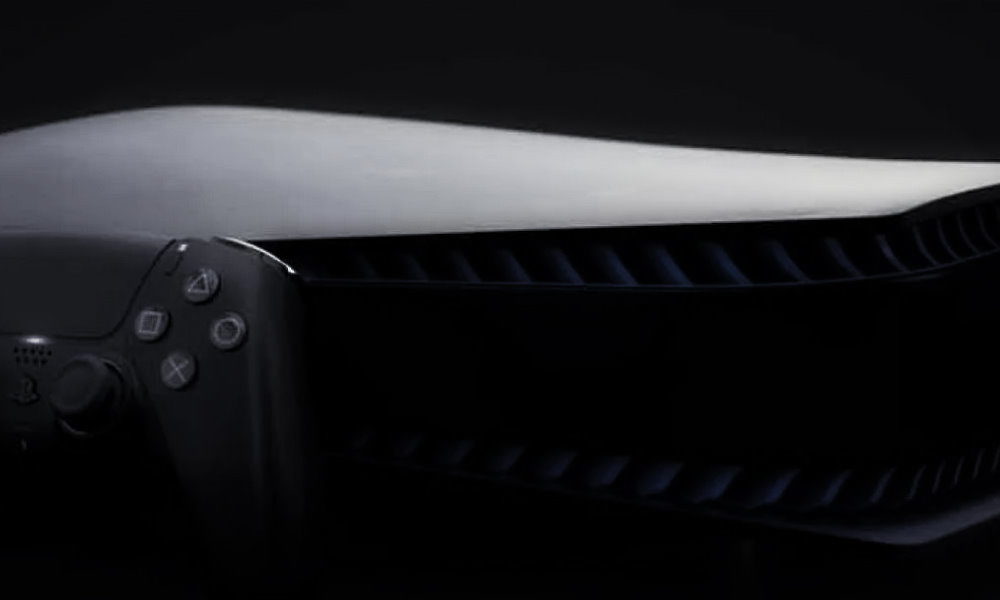
PS5 Pro has long been outlined as the intergenerational successor to PS5, and as the spiritual heir to PS4 Pro, a console that, at the time, generated some controversy, although in the end Sony knew how to make it an attractive option without distorting the original model. I imagine that Sony will follow that same approach with PS5 Pro, a console that according to numerous reports is scheduled for 2024, and that will come with a much more powerful hardware configuration than PS5.
How will Sony improve the power of PS5 Pro? There are many possible options, but before we see them we must give some context to that question, and that power improvement must be achieved no problems for developersthat is, without overcomplicating the developments on both consoles, and also without an important loss of value on the original consolesince if this happened it would generate significant discomfort among PS5 users.
In this sense, we can take as a starting point what Sony did with PS4 Pro. This console kept the architecture and the maximum number of cores and threads at the CPU level, although it used a more advanced node and raised the working frequencies. Let’s see the specific numbers to have it clearer:
- PS4 has a Jaguar CPU from AMD at 28nm with 8 cores at 1.6GHz.
- PS4 Pro has a Jaguar CPU from AMD in 16nm with 8 cores at 2.13GHz.
By keeping the architecture and the number of cores AMD made things easier for developers, since it avoided having to differentiate the developments and reduced the chances of errors to the maximum. Sony could follow that same approach with PS5 Pro, that is, said console could keep the Zen 2 CPU with 8 cores and 16 threads CPU, but this one could come manufactured in a more advanced node (5nm for example) and run at a higher working frequency.
That would be the most sensible thing to do, but according to a new Sony rumor I would choose to make the leap to Zen 4 architecture on PS5 Pro, which would be a significant increase in performance compared to the CPU that PS5 uses. I personally think this would be good in terms of performance, especially to achieve higher FPS rates at resolutions lower than 1080p and 1440p, but counterproductive in terms of development and compatibility. On the other hand, it would not represent a substantial improvement when playing in 4K, nor in scenarios in which the graphic load is very intense.
PS5 Pro would double the performance in rasterization, and would improve a lot in ray tracing
Ray tracing is no longer the future to become the present. However, we have already seen in games like Dying Light 2, Control or Cyberpunk 2077 that said technology It looks great on current generation consoles. Neither PS5 nor Xbox Series X can run Cyberpunk 2077 optimized with the “next gen” patch going beyond 1080p and 30 FPS when ray tracing is enabled, even though ray tracing is limited to shadows and ambient occlusion.
According to the source of this rumour, PS5 Pro will come with a GPU that will double the power in rasterization, and that it will exceed PS5 performance in ray tracing by 150%. There is only one way to get such a big jump when it comes to a GPU that will share the package with the CPU, and that is through a new generation graphics core. By this I mean that for these impressive performance estimates to hold true, the PS5 Pro should have a GPU based on the RDNA 3 architecture.
Could Sony use a next-gen GPU in PS5 Pro? Yes, of course it could, but the key question is not that, it is rather if it should. Let’s go back to the starting point that PS4 Pro set, a console that mounted a GPU whose base architecture was essentially identical to that of the PS4 GPU. To increase the raw power, Sony did not resort to a completely new architecture, but instead doubled the number of compute units, and with it the number of shaders. The PS4 GPU has 1,152 shaders, and the PS4 Pro GPU has 2,304 shaders.
With that change, Sony ensured a good level of support on PS4 as well, and avoided complications for developers. If the Japanese company bets on using the RDNA 3 architecture on PS5 Pro, it will have to be very careful, since in the end it could end up being counterproductive for the same reasons that we gave you when talking about the CPU. However, using a new architecture would be the only way to get those huge improvements Since, as we have mentioned, according to the source of the rumor, PS5 Pro would more than double the performance of PS5 in ray tracing, and would double its performance in rasterization.
PS5 Pro would also have exclusive upscaling technologies
I’m not talking about RSR or FSR 2.0. In theory, this new Sony console would be backed by a rescaling technology that would have been developed by the Japanese company, that is, it would be exclusive to PS5 Pro, although we cannot rule out that in the end it will also end up reaching PS5, in fact it would be the most reasonable thing to do to maintain the value of said console. This is a subject that generates many doubts, and taking into account the little information that there is right now, it is better to take it with extreme caution.
Well, what would all this mean for the user? That’s a good question. This increase in power would imply that PS5 Pro would be a real 4K consoleand that I could move games to that resolution by holding 60fps without problems, and without having to reduce graphic quality. On the other hand, it would also mean that ray tracing could work at a distinctly higher level, although I don’t think we’d get a truly comparable experience to current-gen PCs.
That upscaling could also play a key role in improving ray-traced PS5 Pro performance at high resolutions, for, as more advanced readers will recall, the demands of a ray-traced game are fire when the number of pixels in the scene increases. With the rescaling, not only the number of pixels is reduced, but also the number of rays, which means that, in the end, the performance improvement is very large.
When will PS5 Pro arrive and what price could it have? Do we know your specifications?

PS5 Pro could be accompanied by a PS5 Slim.
Nothing is confirmed yet, but everything seems to indicate that its launch will take place in 2024, and that its price will be around between 600 and 700 euros. PS5 hit the market with a price of 499.99 euros, so those figures make sense and seem totally reasonable to me. However, it must be taken into account that the actual sale price will depend on availability, demand and the possible impact that speculation and resale may have. Remember what happened, in this sense, with PS5, which was sold for triple its recommended price.
Regarding the specifications, I cannot confirm anything, but I can offer you my personal opinion on what PS5 Pro could mount, and in this sense I am inclined to think that in the end it will continue a very similar approach to what we saw with PS4 Prothat is, it will be more powerful, but not as much as one would expect from a new generation console, and it will not make hardware leaps that could compromise the work of developers, compatibility and the value of PS5.
Based on everything I have told you in the previous section, my idea is that PS5 Pro will come with an APU that will keep Zen 2 CPU with 8 cores and 16 threads, but it will be manufactured in the 5nm node and will reach higher working frequencies. As for the GPU in that new APU, part of me is inclined to think it will be an RDNA 2 solution with more shaderstexturing units, raster units and ray tracing cores, although I don’t dare rule out the jump to RDNA 3. If PS5 Pro uses RDNA 3 the rumors about a multi-GPU design would make sense, since said architecture will combine chiplets (GPUs smaller) to create a “super GPU.
In terms of memory and storage, I see the PS5 Pro as likely to come with a little more unified memory to free up more resources for developers, and it may also include a higher-capacity, higher-performance SSD, but the differences won’t be substantial. for a matter of compatibility with PS5, and also because it is, as we said, an intergenerational renewal. PS5 Pro is not PS6, with all that this implies.
